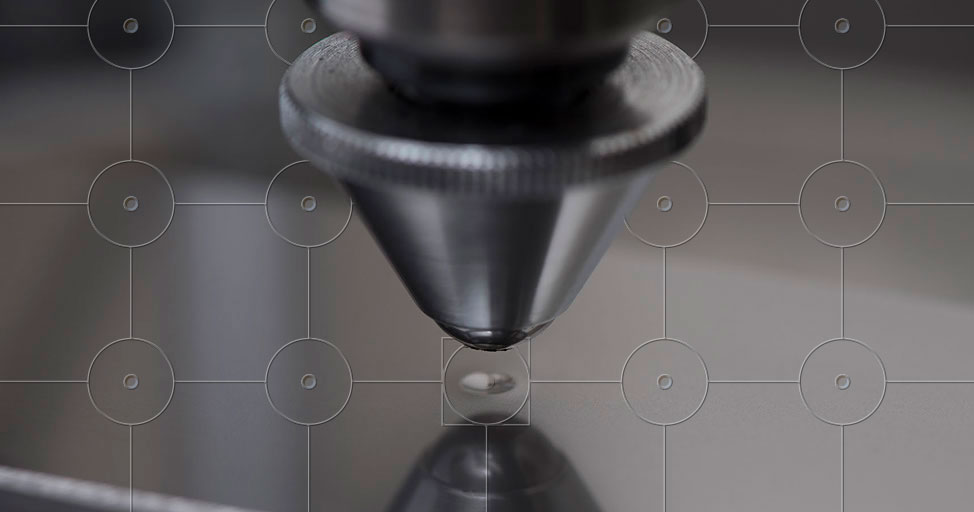IMPORTANCE OF HARDNESS TESTING
What is hardness in metals?
Hardness is the property of a material that allows it to resist permanent distortion, penetration, indentation, and scratching. Therefore, hardness is important from an engineering point of view because resistance to wear by either friction or erosion from steam, oil, and water generally increases with hardness. The hardness of material refers to its ability to resist wear, tear, scratching, and abrasion cutting, making hardness testing all the more worthwhile to perform with quality in mind.
What is hardness testing?
The process of testing surface hardness by applying a specific, known force on the testing surface, allowing us to know the strength of metal, is called hardness testing. Hardness testing lets us know how much pressure a material can withstand before it changes in shape.
It is very important to know the hardness of materials when looking for a suitable material for a specific environment and use. For instance, using metal in an environment that may include small particles that can induce material wear. Soft materials suffer indentations, while hard ones are more resistant to any change in shape.
There are different types of hardness testing, and each type of test is unique and designed for different purposes.
These different types of hardness tests help us get readings to measure hardness in different ways. For example, the Brinell test method uses indentation diameters to determine the hardness of the material. The Rockwell test uses the depth of the impression and the Vickers test uses indentation and apical angle of 136 degrees to measure hardness, while the Knoop test is mostly used on very thin materials to determine hardness.

Why is hardness testing used?
The various hardness testing can be used for the following purposes.
Quality inspections
Many metals suppliers and metal manufacturers use different types of metal hardness testing to ensure the quality purposes. Typically, companies will test the hardness of material received from suppliers to ensure that material meets the quality standards specified, and specifically the desired hardness required for the use of the material.
Measuring the specific hardness needed
Often material is heat-treated to achieve the desired level of hardness that may be higher or lower than the original hardness of the material. In this case, after the material has been heat-treated, it is important to test the hardness to verify that the heat treatment achieved the desired objective of hardening or softening the material to the desired specification.
Maintain consistency
During production, it may be desirable to sample the parts or the material to ensure hardness consistency in the process.
Certifying your metals
Hardness testing is used by different industries, including oil and gas, to certify the hardness of the metal as per an API (American Petroleum Institute) or ASTM standard.













